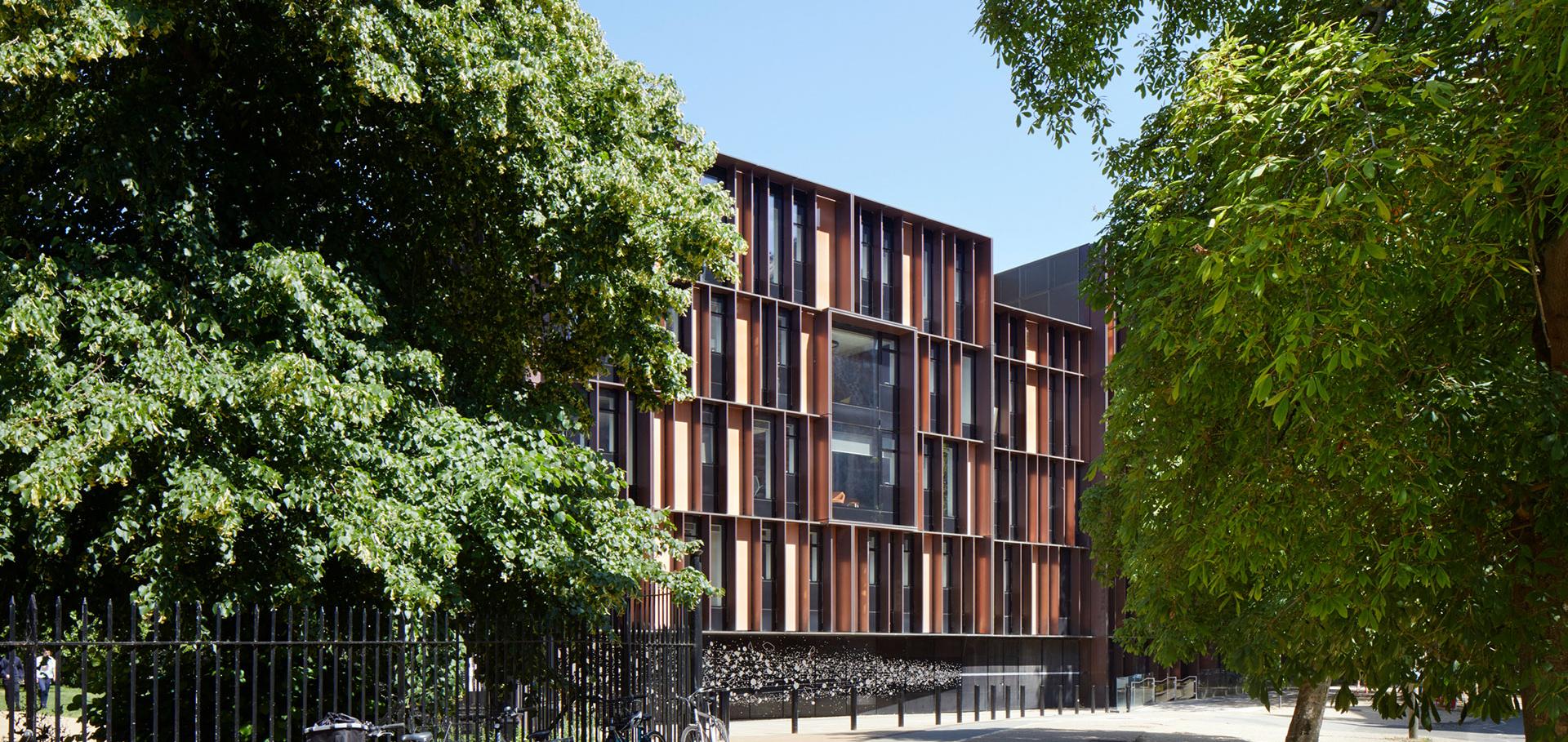Calculating the Muon cooling within a MICE solid and liquid absorber
EPAC 2006 - Contributions to the Proceedings (2006) 502-504
Abstract:
The key elements of the Muon Ionization Cooling Experiment (MICE) [1] cooling channel are the absorbers that are a part of the MICE absorber focus coil modules (AFC modules). The boundaries of room temperature solid absorbers are well defined. The density of most solid absorber materials is also well understood. The properties of solid absorber are most certainly understood to 0.3 percent. The MICE liquid absorbers are different in that their dimensions are a function of the absorber temperature and the fluid pressure within the absorber. The second element in the liquid absorber is the variability of the liquid density with temperature and pressure. While one can determine the absorber boundary within 0.3 percent, the determination of the liquid density within 0.3 percent is more difficult (particularly with liquid helium in the absorber). This report presents a method of calculating absorber boundary and the cooling performance of the MICE absorbers as a function of fluid temperature and pressure.Progress on the mice tracker solenoid
EPAC 2006 - Contributions to the Proceedings (2006) 2646-2648
Abstract:
This report describes the 400 mm warm bore tracker solenoid for the Muon Ionization Cooling Experiment (MICE) [1]. The 2.923 m long tracker solenoid module includes the radiation shutter between the end absorber focus coil modules and the tracker as well as the 2.735 m long magnet cryostat vacuum vessel. The 2.554 m long tracker solenoid cold mass consists of two sections, a three-coil spectrometer magnet and a two-coil matching section that matches the uniform field 4 T spectrometer solenoid into the MICE cooling channel. The two tracker magnets are used to provide a uniform magnetic field for the fiber detectors that are used to measure the muon beam emittance at the two ends of the cooling channel. This paper describes the design for the tracker magnet coils and the 4.2 K cryogenic coolers that are used to cool the superconducting magnet. Interfaces between the magnet and the detectors are discussed.Opto-mechanical design of the KMOS spectrograph module - art. no. 62694G
P SOC PHOTO-OPT INS 6269 (2006) G2694-G2694
Abstract:
We present the optical and mechanical design of the KMOS spectrograph module together with a detailed analysis of its performance. KMOS is a cryogenic near-infrared multi-object spectrograph being developed as a second-generation instrument for the VLT by a consortium of UK and German institutes. Three identical spectrograph modules provide Nyquist sampled spectra in the wavelength range covering the atmospheric bands z, J, H, and K with a resolving power exceeding 3200. The spectrographs are fully achromatic over the bands and the single mirror collimator and six-element camera, together with six high efficiency gratings provide high throughput. The optical performance analysis includes amongst others the spectral resolving power and variation of the PSF as a function of the pupil illumination.Progress on the RF coupling coil module design for the mice channel
Proceedings of the IEEE Particle Accelerator Conference 2005 (2005) 2869-2871
Abstract:
We describe the progress on the design of the RF coupling coil (RFCC) module for the international Muon Ionization Cooling Experiment (MICE) at Rutherford Appleton Laboratory (RAL) in the UK. The MICE cooling channel design consists of one SFOFO cell that is similar to that of the US Study-II of a neutrino factory. The MICE RFCC module comprises a superconducting solenoid, mounted around four normal conducting 201.25-MHz RF cavities. Each cavity has a pair of thin curved beryllium windows to close the conventional open beam irises, which allows for independent control of the phase in each cavity and for the RF power to be fed separately. The coil package that surrounds the RF cavities is mounted on a vacuum vessel. The RF vacuum is shared between the cavities and the vacuum vessel around the cavities such that there is no differential pressure on the thin beryllium windows. This paper discusses the design progress of the RFCC module and the fabrication progress of a prototype 201.25-MHz cavity. © 2005 IEEE.Progress on the coupling coil for the MICE channel
Proceedings of the IEEE Particle Accelerator Conference 2005 (2005) 3468-3470


